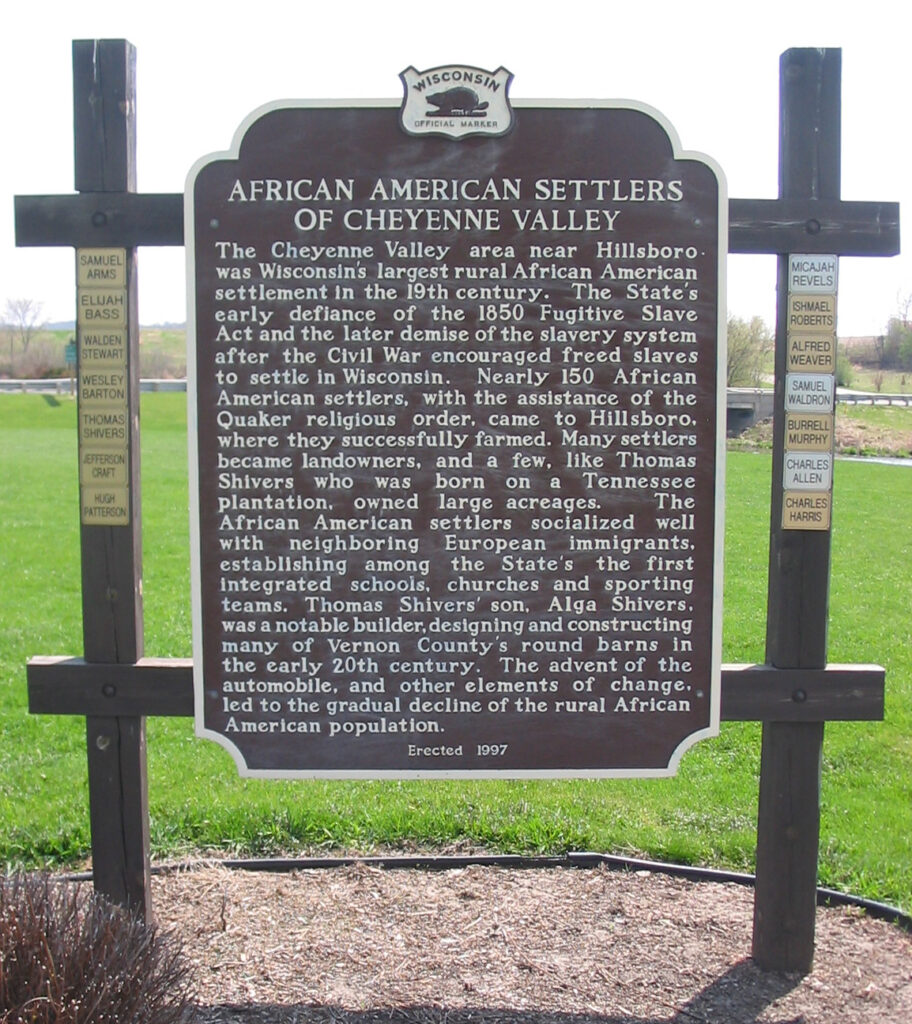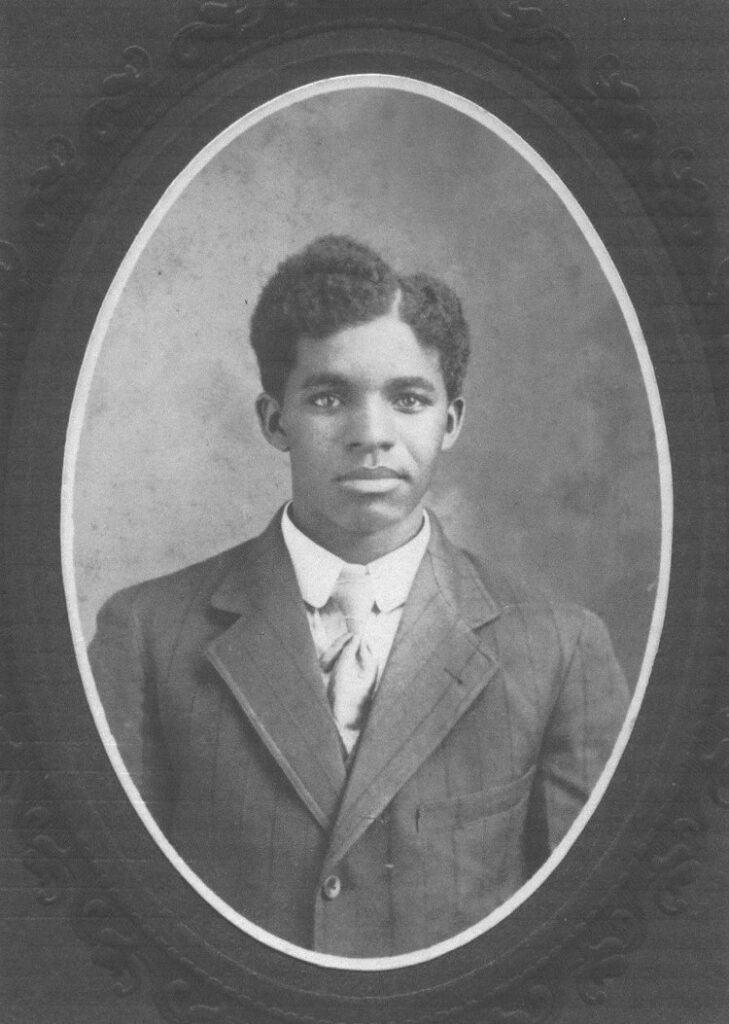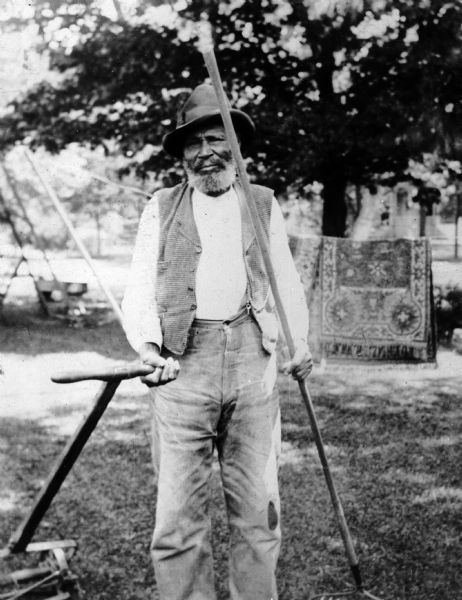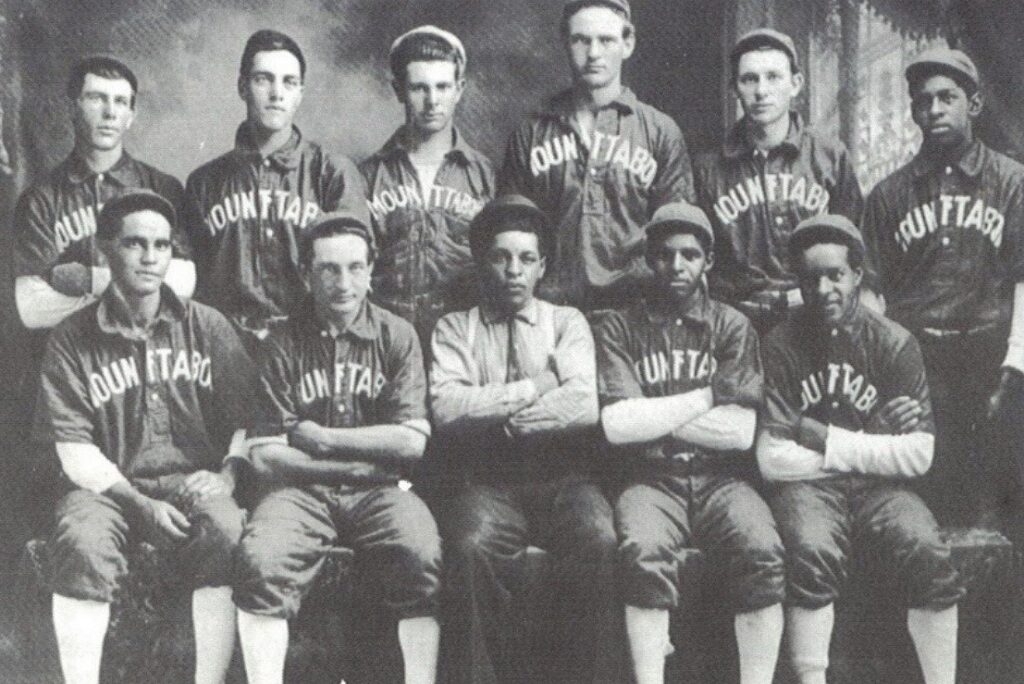Back Home by Chris Hardie

The morning is gray and drab and nothing outside my window seems inspiring at the moment. After too many minutes of doom scrolling on social media, I realize that is not the answer.
I open my laptop with the hope that putting my fingers on the keyboard will bring some creativity or a spark. Words are where I find solace, hope and some sort of logic in what seems to be becoming a more illogical and frenetic world.
I turn off the news feeds, shut down the social media and breathe.
Quiet, deep breaths.
Slowly I begin to write …
One-hundred years ago this year my great grandparents were just beginning to build their farm when tragedy struck. Their barn started on fire due to spontaneous combustion in the hay mow. The fire spread to other buildings and burned down their house.
A few possessions were saved, but they had to start over. After spending a winter living in what was not much more than a lean-to, a new barn and house were built. Just as they were getting back on their feet, the Great Depression settled in.
They survived. Through grit, determination and strong will, they held onto the farm. My late great aunt used to have a molten mass of coins that was in a pouch that burned in the fire. Pennies and nickels that still had enough engraving to be legal currency were chipped away.

It’s called resilience, the ability to recover or adjust.
None of us would be here today if our ancestors hadn’t been resilient. Some faced unimaginable challenges or horrors. Some paths were easier. But all were resilient.
Recently I passed through Hillsboro in Vernon County and noticed a historical marker on the edge of town. The marker is located at Cheyenne Settlers Heritage Park and tells the story of the Cheyenne Valley, Wisconsin’s largest rural African American settlement in the 19th century.
It’s a story of true resilience. Wisconsin’s defiance of the 1850 Fugitive Slave Act and the demise of slavery in the south encouraged freed slaves to settle in Wisconsin.
Cheyenne Valley is in the western part of the town of Forest off Hwy. 33 between Ontario and Hillsboro. It became home to nearly 150 African American settlers who became successful farmers, including Thomas Shivers, who was born on a Tennessee plantation.
Shivers’ son Alga served in World War I and became a builder who designed and constructed many of the county’s iconic round barns – of which a few still stand today.

Former Wisconsin State Journal columnist Susan Smith summarized the settlement once: “If you look at the old photos of the 1910 Mount Tabor baseball team or the students at the rural Eastman school, you’ll see some faces that are black, some that are white and a lot that are somewhere in between.
“Beginning in the 1850s when Micajah Revels, a free man of color, settled here, about 150 African American settlers came in the years before and after the Civil War. Ever since, the valley has been a mix of black and white, unusual to the rest of us, but totally normal in this deep, isolated valley west of Hillsboro.”
The Hillsboro area African American farms slowly disappeared, joining thousands of other small farms once built by the state’s ethnically diverse immigrant population of Germans, Norwegians, Cechs, Poles and others.
According to the 2022 Wisconsin Agricultural Census, 102 Black farmers operated farms in Wisconsin – nearly a 40 percent increase from 2017. Ninety-nine percent of Wisconsin’s farm operators are white.
February is National Black History Month and the theme this year developed by the Association for the Study of African American Life and History is “African Americans and Labor.” There would not have been a Cheyenne Valley without labor.

There’s a lot of turmoil in our country and world today regarding diversity, ethnicity and social justice. Some federal departments are not recognizing Black History Month.
I see the world not in black and white, but in shades of gray. It may seem easier at times to live and believe in the extremes, keeping us feeling comfortable and secure about our political blindness.
I don’t know where this turmoil is leading, but I know that resilience will see us through. I also believe the truth is more often found in the middle, layered in shades of gray.
Just like the morning outside my window.
Chris Hardie spent more than 30 years as a reporter, editor



